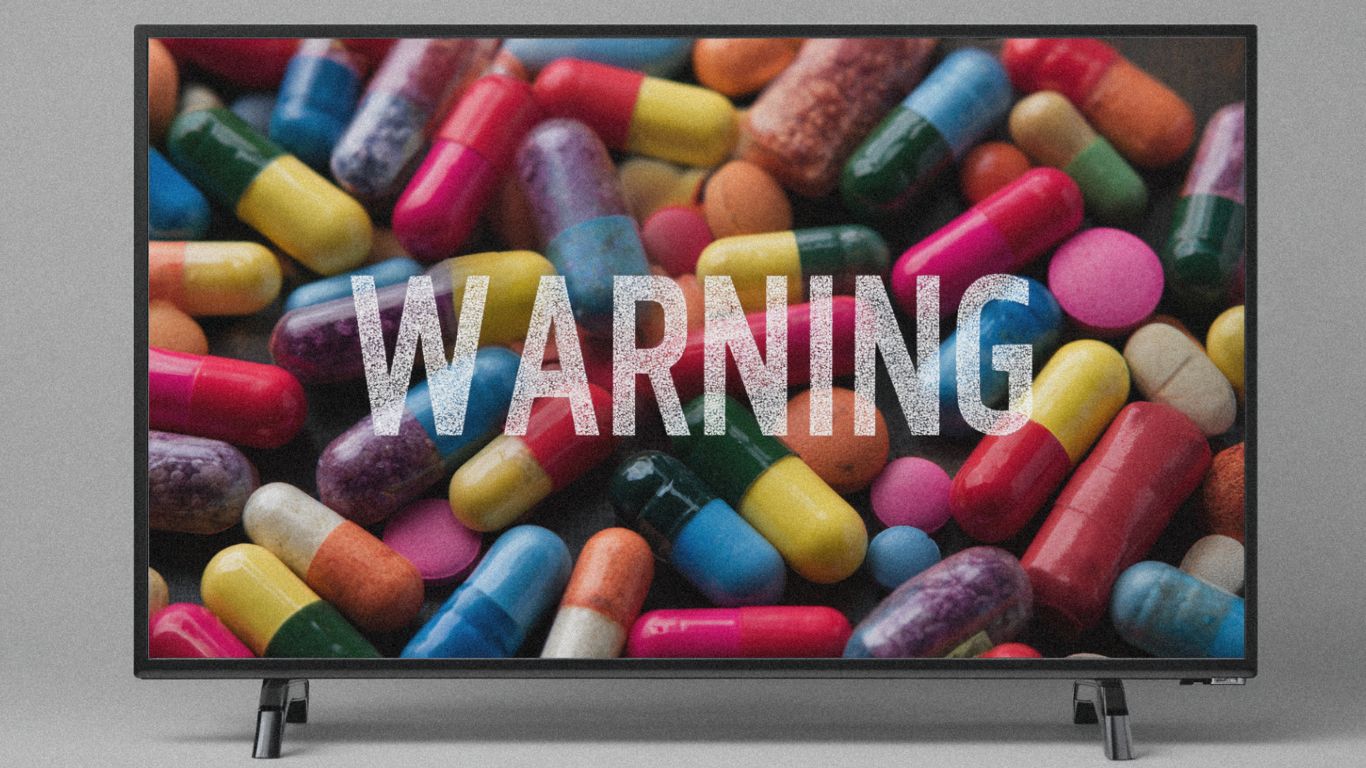The pharmaceutical industry’s marketing playbook is about to get a major rewrite. The FDA has announced an aggressive campaign against misleading drug advertisements, signaling the end of the Wild West era for direct-to-consumer pharmaceutical marketing.
The Numbers Tell the Story
The FDA isn’t playing around with this initiative:
- Thousands of warning letters sent to companies
- Nearly 100 cease-and-desist orders issued
- New rulemaking proposed to eliminate the “adequate provision” loophole
- Comprehensive review of TV and digital creative standards planned
This represents the most significant regulatory action on pharmaceutical advertising in over a decade.
What’s Really Behind This Crackdown
Industry observers point to several factors driving the FDA’s aggressive stance:
Consumer Complaints Are Rising: Patients and healthcare providers have increasingly flagged confusing or misleading drug advertisements, particularly those that downplay serious side effects or overstate benefits.
Digital Advertising Complexity: Social media and streaming platforms have created new avenues for pharmaceutical marketing that existing regulations weren’t designed to address.
The “Adequate Provision” Problem: This regulatory loophole has allowed companies to bury important safety information in ways that don’t truly inform patients about risks.
Immediate Changes Companies Should Expect
The pharmaceutical industry should brace for several immediate shifts:
Stricter Creative Review: TV commercials and digital ads will face enhanced scrutiny, with particular attention to risk disclosure prominence and readability.
Font and Contrast Standards: Expect specific requirements for text size, contrast ratios, and display duration for safety warnings.
Extended Review Cycles: Medical-legal review processes will likely take longer as companies ensure compliance with tightened standards.
The Bigger Picture for Patients
This crackdown isn’t just about regulatory compliance—it’s about ensuring patients get accurate information when making healthcare decisions. Misleading ads can lead to:
- Inappropriate treatment requests
- Unrealistic expectations about drug effectiveness
- Inadequate understanding of potential side effects
- Strained doctor-patient relationships
Industry Response and Adaptation
Smart pharmaceutical companies are already getting ahead of these changes by:
- Conducting internal audits of current advertising campaigns
- Investing in more robust compliance systems
- Training marketing teams on enhanced regulatory requirements
- Developing clearer, more transparent messaging strategies
What’s Next
The FDA has indicated that formal rulemaking will begin this fall, with new regulations expected to take effect in early 2026. Companies that proactively adapt their practices now will have a significant advantage over those who wait for final regulations.
This represents more than just a regulatory adjustment—it’s a fundamental shift toward more honest, transparent pharmaceutical marketing that better serves both patients and the healthcare system.



